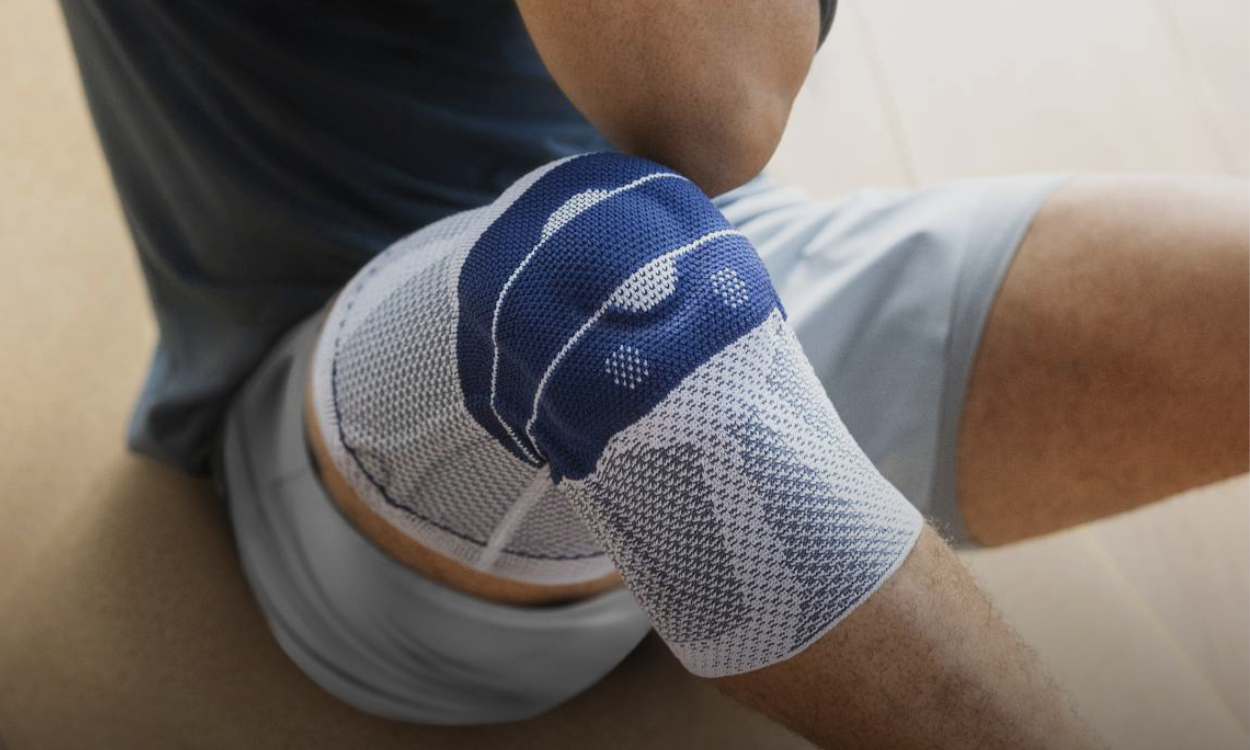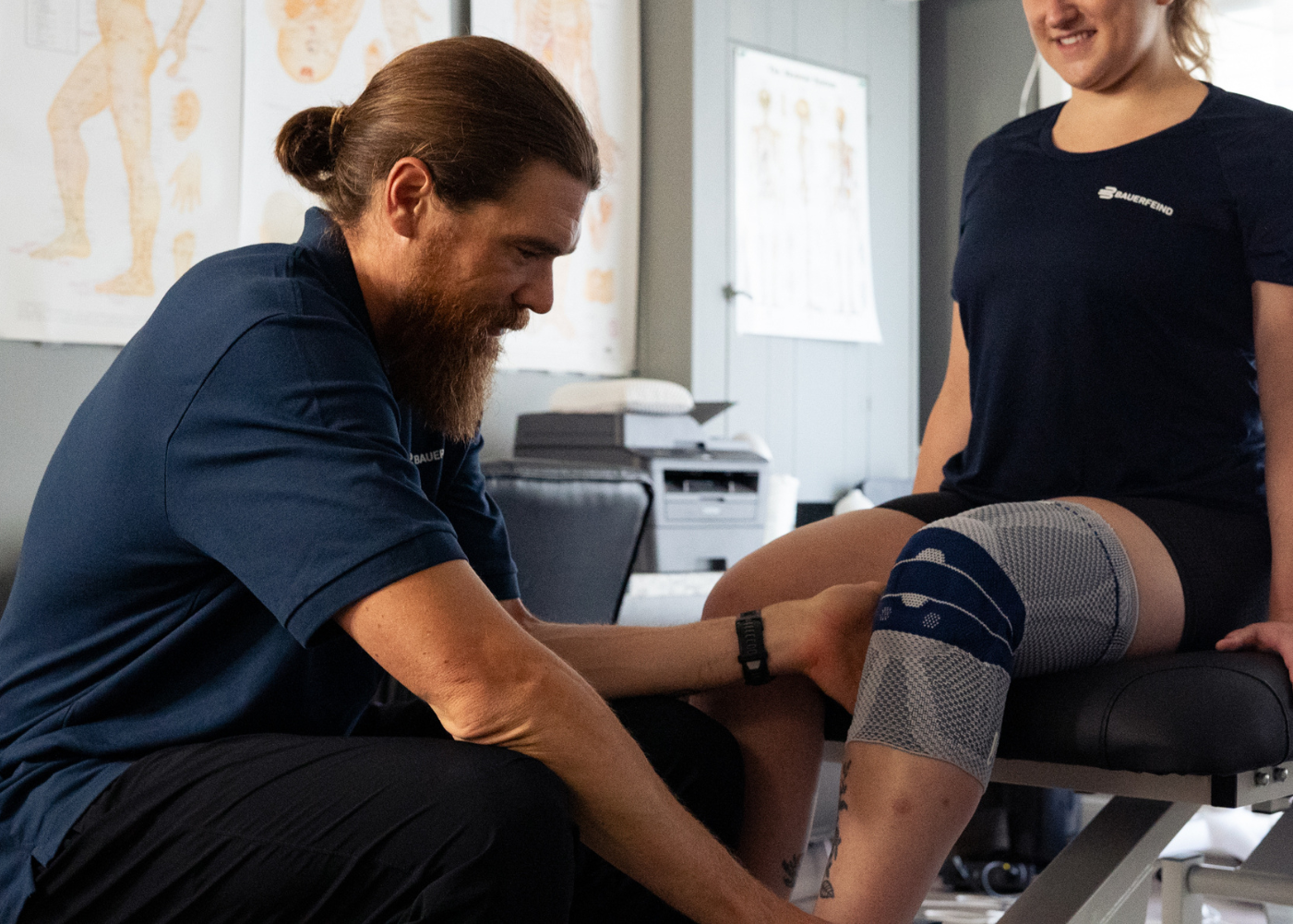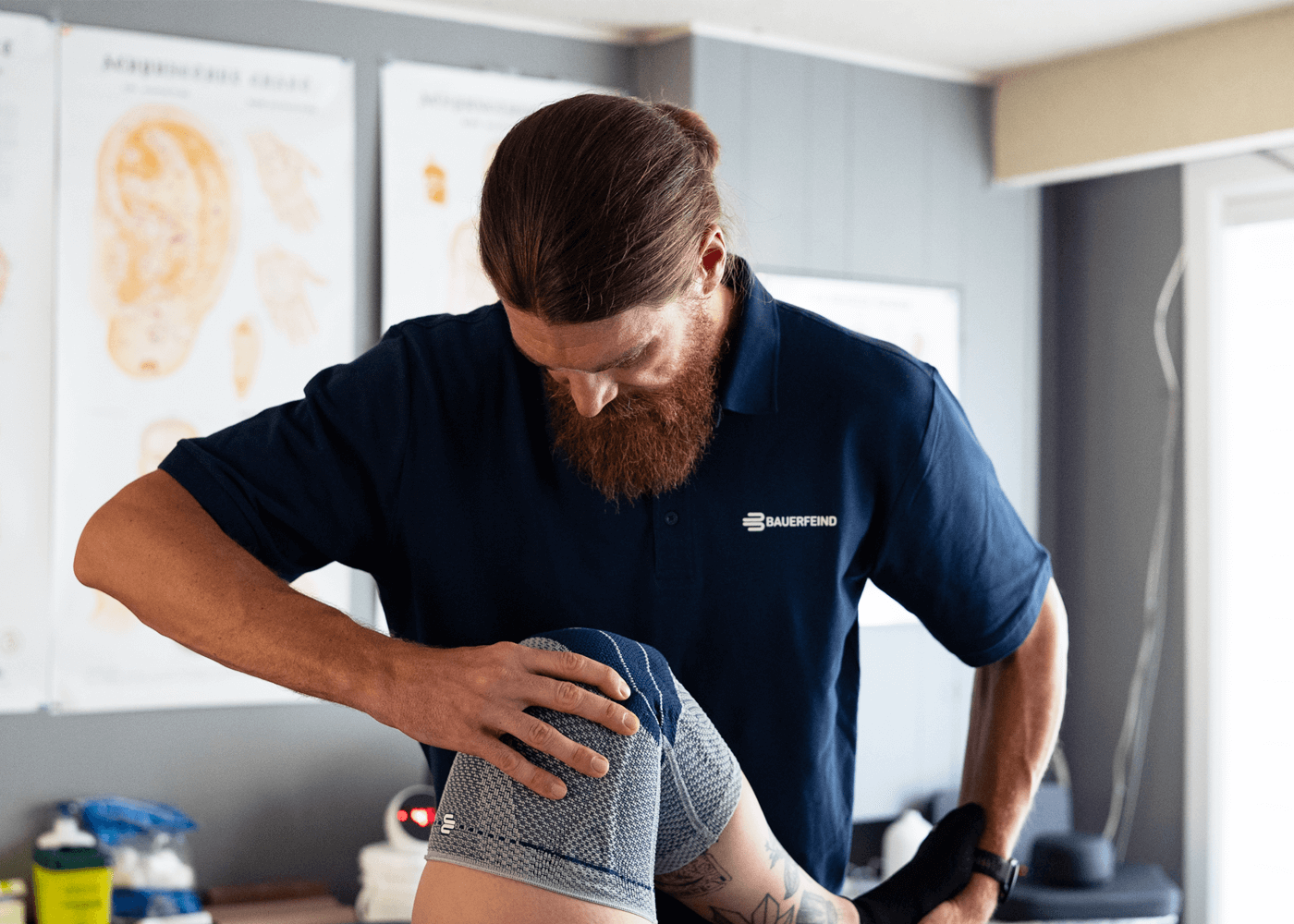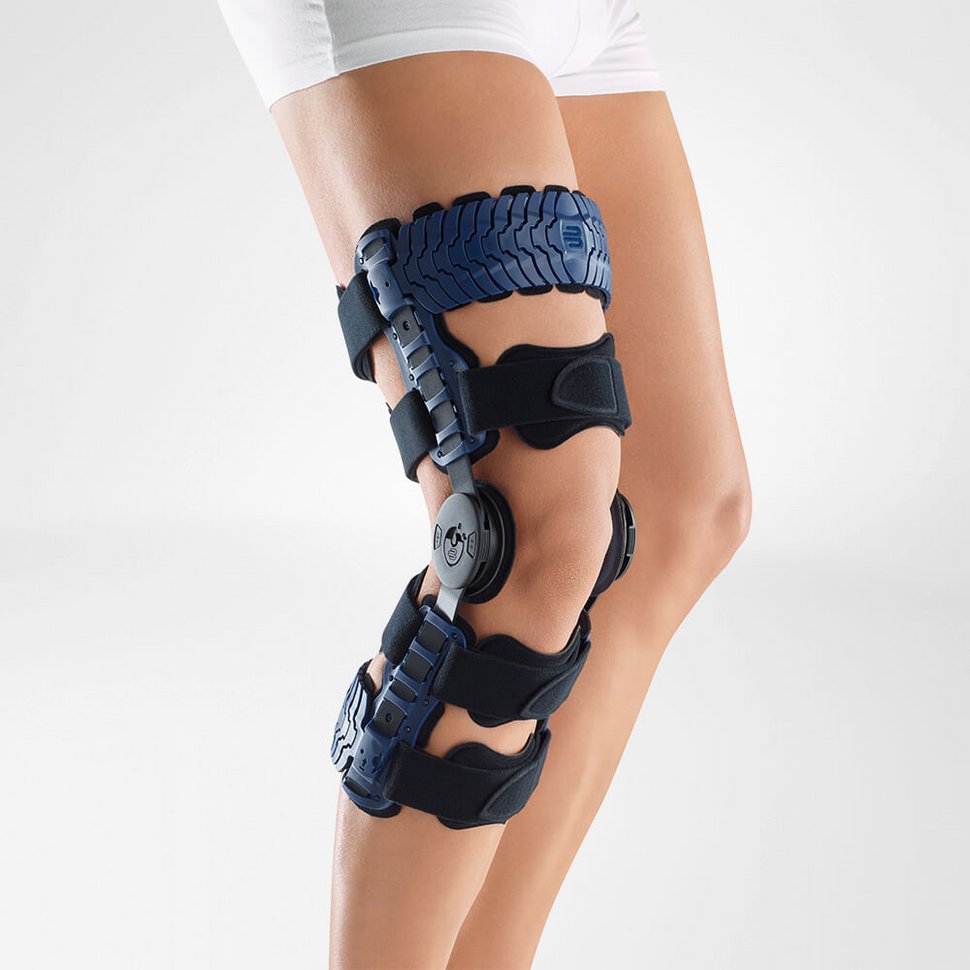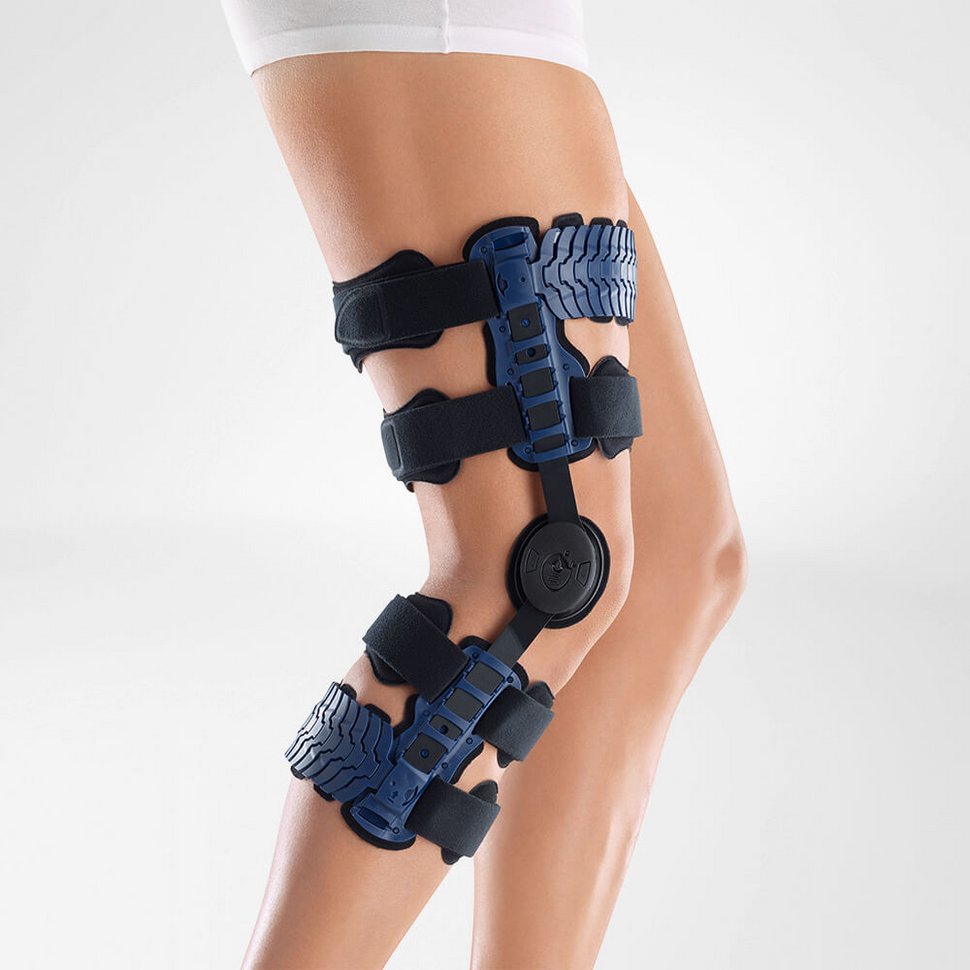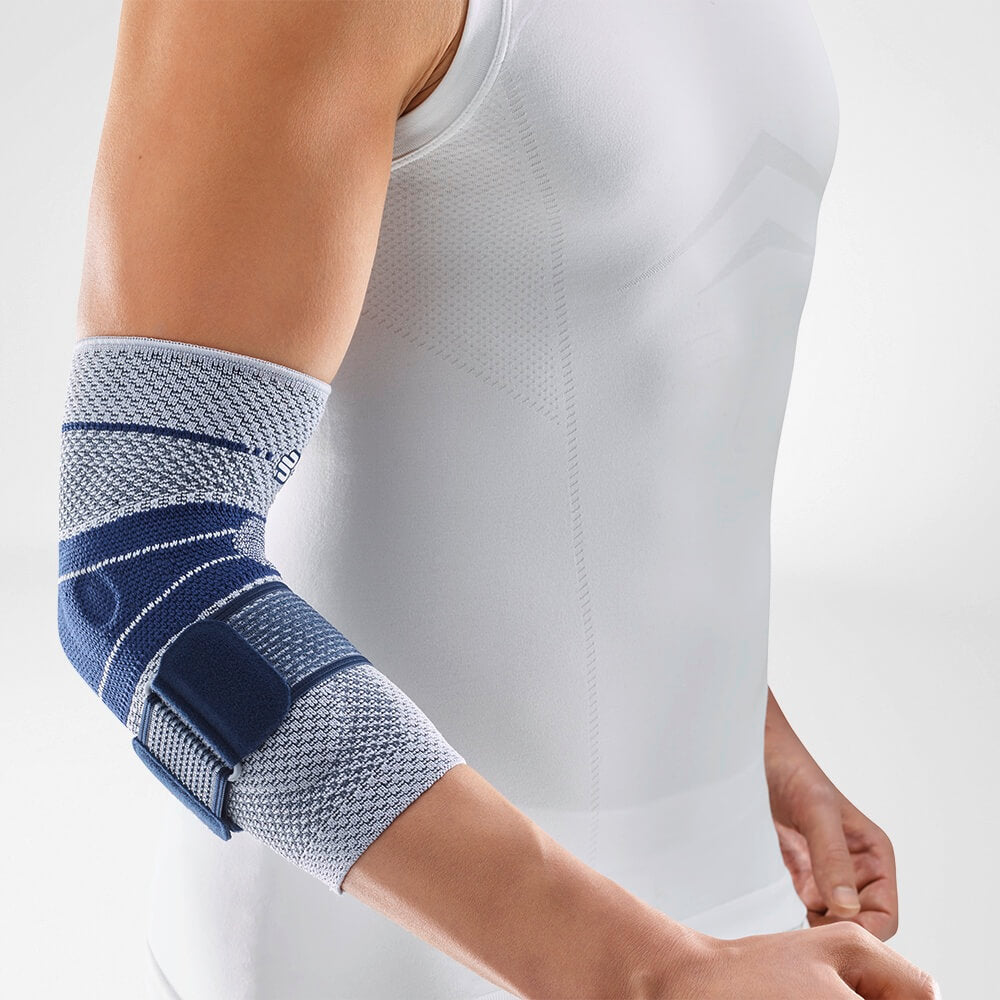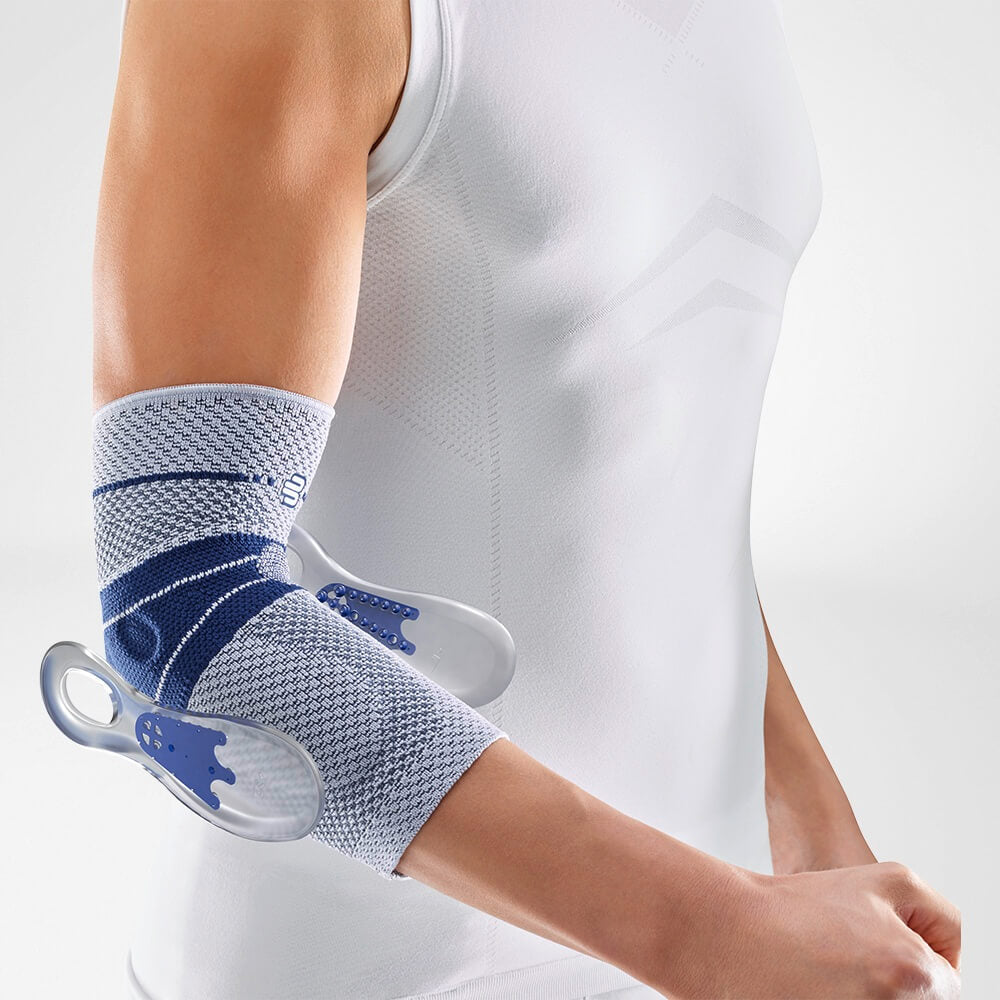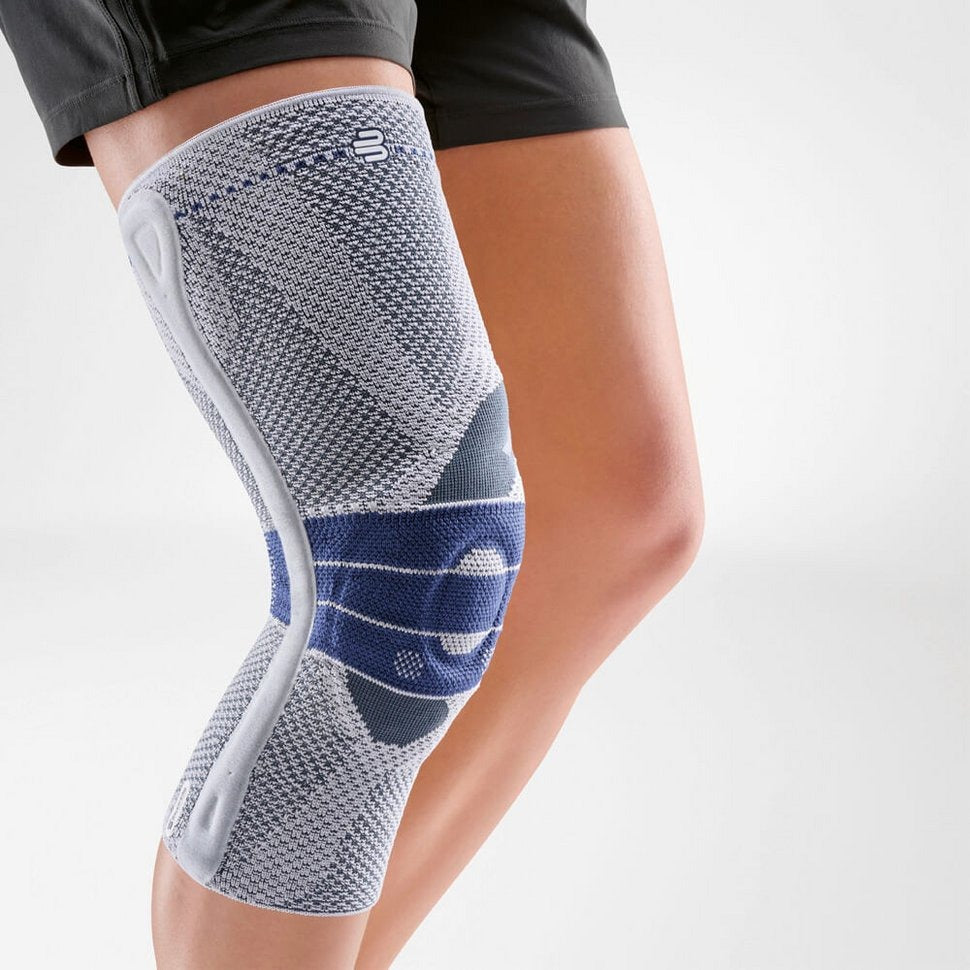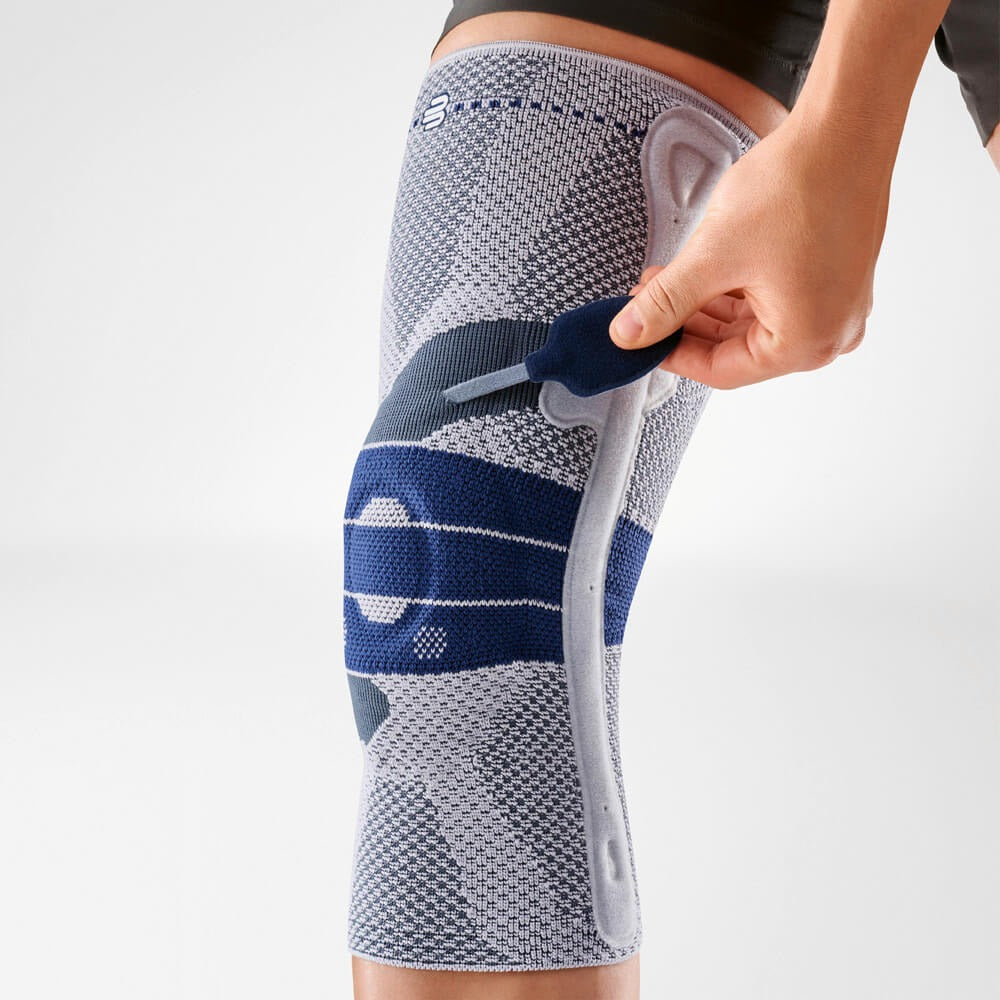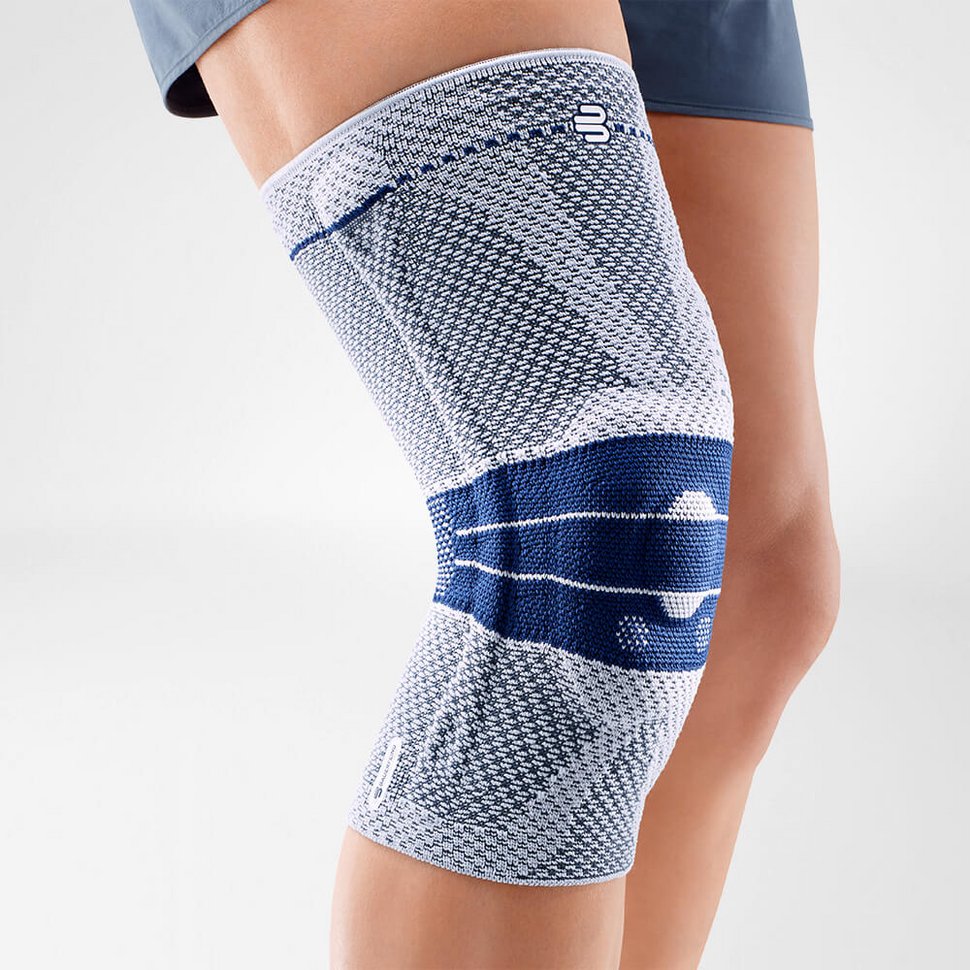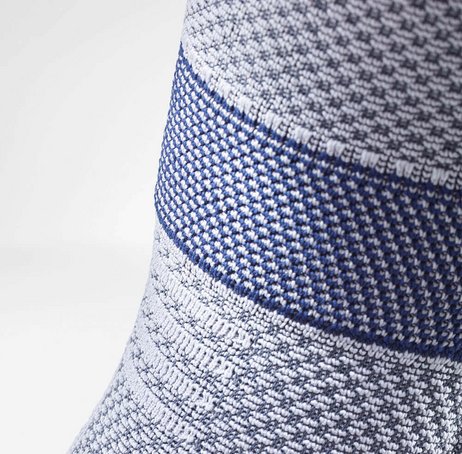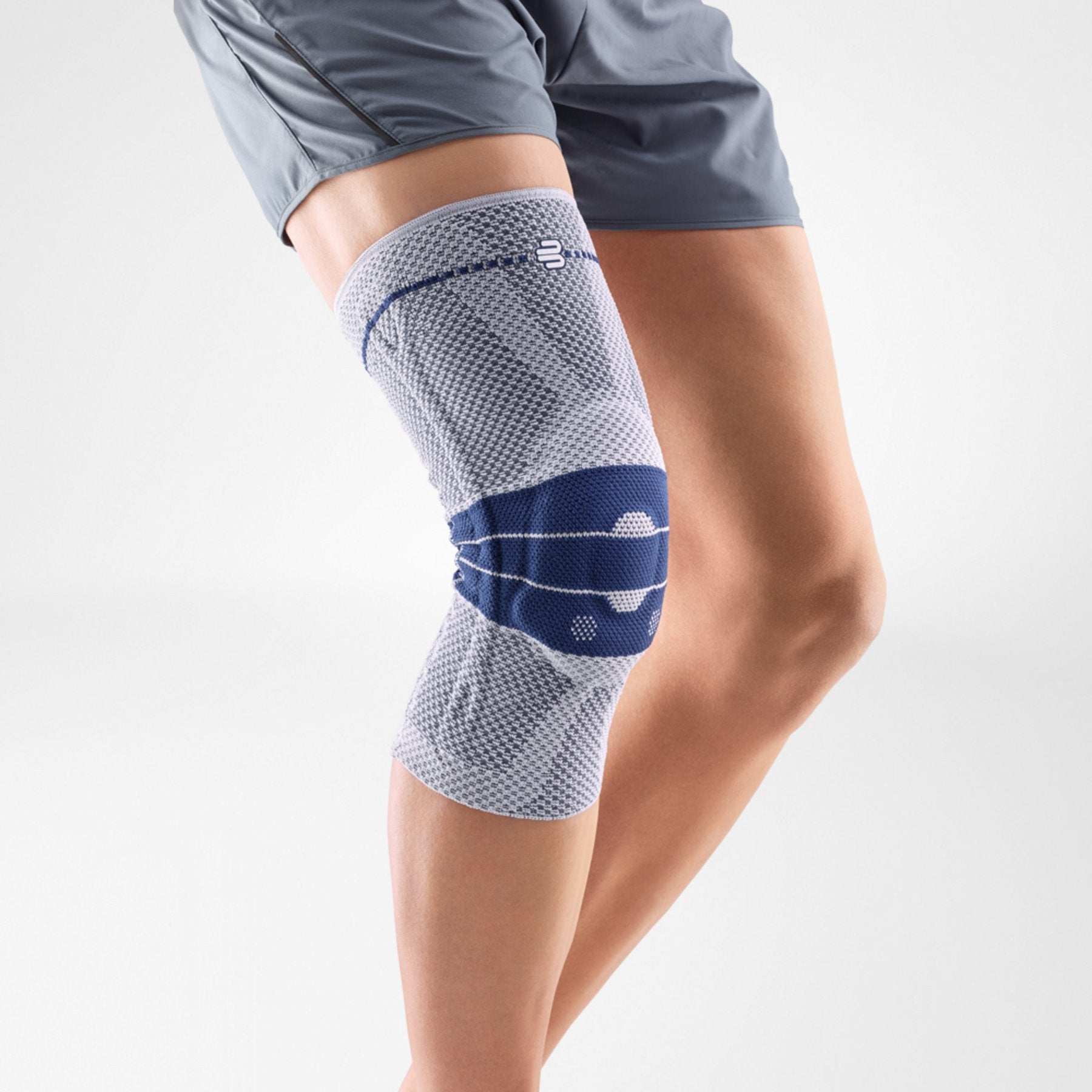Osteoarthritis represents the most common form of arthritis, with the knee being one of the most commonly affected joints.
Although there seems to be fear associated with the word arthritis due to its degenerative nature, those who are diagnosed with arthritis are not destined to a sedentary lifestyle due to pain and loss of function. The reality is quite the opposite. With a variety of treatment options and proactive approaches, those who suffer from arthritis have the opportunity to reduce pain, increase strength and continue to participate in the activities they love.

What is Knee Osteoarthritis?
Knee osteoarthritis is a degenerative joint condition of the knee that is typically characterized by a progressive loss of articular cartilage. It primarily affects individuals later in life and can result in pain, and has the potential to have a negative effect on an individual's activity levels leading to secondary health complications.
Knee osteoarthritis is typically classified as either primary or secondary. Primary Knee OA is articular degradation without any apparent underlying reason. Secondary Knee OA is a consequence of an abnormal force across the joint (post-traumatic) or abnormal articular cartilage ( ex Rheumatoid arthritis)
The intensity of symptoms may vary for each individual but common clinical signs/symptoms include:
- Knee pain that is gradual in onset and worse with activity
- Knee stiffness and swelling
- Pain after prolonged sitting or resting
- Pain that worsens over time.
What are the Risk Factors in Developing Knee OA?
The development of Knee OA includes both modifiable and non modifiable risk factors. Modifiable risk factors include: occupation, muscle weakness/imbalance, weight. Non modifiable risk factors include: gender, age, genetics.
Treatment/Management Strategies for Knee OA
Treatment for knee OA can be broken down in to non surgical and surgical management. The primary course of action in the treatment/management of Knee OA is non surgical management, with surgical management being considered once non surgical intervention are no longer effective
Non Surgical treatment options include: patient education regarding knee OA, activity modification, targeted strengthening, knee bracing, NSAIDs, cortisone/HA injections.
Today we will be focusing primarily on two specific interventions: Knee bracing (in particular soft braces) and targeted strengthening.
Exercise in the Treatment/Management of Knee OA
Therapeutic exercise has also been proposed as a low barrier to entry, non invasive intervention which can have a positive effect on pain and function in those suffering from knee OA. Therapeutic exercise can cover a wide range of targeted physical activities that aim to improve muscular strength, neuromuscular control, joint range of motion and aerobic/anaerobic fitness. When it comes to Knee OA, the main aim of exercise intervention is to improve muscle strength, as muscle weakness is a commonality seen in those suffering from Knee OA. It is hypothesized that enhanced strength of the lower limb will lessen forces on the knee, reduce pain and improve physical function.
A recent systematic review in regards to exercise for the treatment/management for osteoarthritis of the knee suggests that therapeutic exercise provides a benefit in terms of reduced knee pain, quality of life and improved physical function.1

Knee Bracing in the Treatment/Management of Knee OA
Active braces are typically elastic, non adhesive orthoses used with the aim of reducing pain and activity limitations in those with Knee OA. Because of their ease of use, Low cost and lack of complications, active braces represent a low barrier to entry strategy in the treatment and management of Knee OA.
A study examining 44 patients suffering from knee OA and self reported knee instability reported an active brace reduced activity limitations, improved pain and improves self reported knee stability and knee confidence in patients with knee OA.
Because there is a high prevalence of self reported knee instability and lack of confidence due to pain in this suffering with knee OA, an active brace may represent a viable option to improve pain and function in those suffering from knee OA.

It is hypothesized active braces might reduce self reported knee instability by altering proprioceptive feedback and enhancing muscle activity. 2
Mild compression provided by the active brace may also result in improve sense of joint stability and greater confidence in the knee joint. 2
The use of an active brace and the resulting reduction in in pain is hypothesized to be a result of reduction in pain signals due to sensory stimulation of the skin. 2
A final mechanism that is proposed to reduce pain in those who use an active brace is an increase in skin temperature resulting in an analgesic effect and improved regional blood flow.2
Recommended Bauerfeind Brace for those Suffering from Knee OA
The GenuTrain A3 orthopedic brace is one of Bauerfeind’s answers to Knee OA. Constructed of a high quality, breathable elastic knit fabric, the GenuTrain A3 gives support and compression to target areas in order to receive pain and improve function in those suffering from Knee OA. The GenuTrain A3 also uses intermittent compression massage to address typical pain posts in the knee, while the three dimensional knit helps muscular stabilization of the knee.
Please consult your physician for personalized medical advice. Always seek the advice of a physician or other qualified healthcare provider with any questions regarding a medical condition.
_____________________________________________________________________
References:
- Fransen, Marlene & McConnell, Sara & Harmer, Alison & Esch, Martin & Simic, Milena & Bennell, Kim. (2015). Exercise for osteoarthritis of the knee: A Cochrane systematic review. British Journal of Sports Medicine. 49. bjsports-2015. 10.1136/bjsports-2015-095424.
- Cudejko et al. (2017). The immediate effect of a soft knee brace on pain, activity limitations, self-reported knee instability, and self-reported knee confidence in patients with knee osteoarthritis. Arthritis Research & Therapy (2017) 19:260

